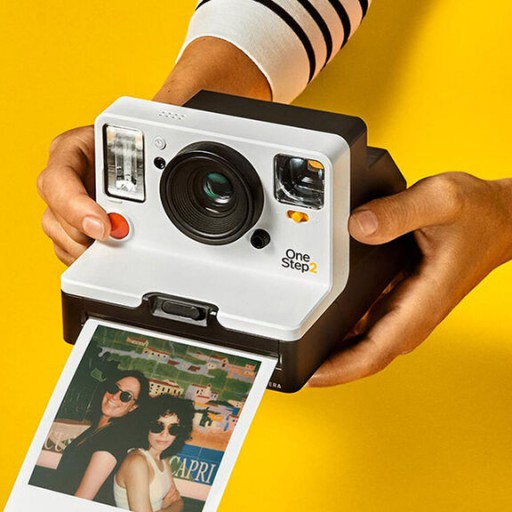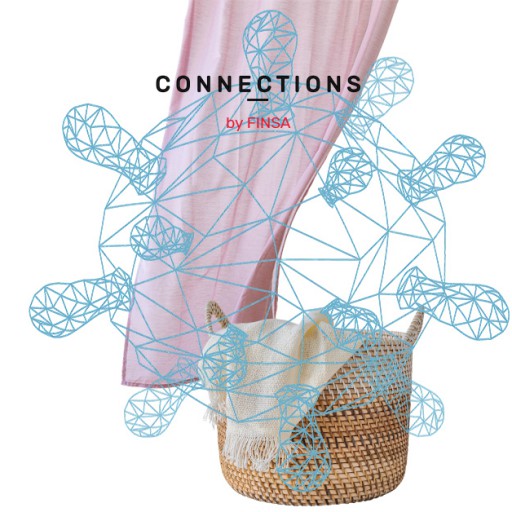How can 3D printing transform production processes? What capacity does this new method of manufacturing have to change the relationship between people and objects? Has there been any noticeable impact on society so far? What is already being printed in 3D and what is it being used for? What are the limits, if any, of this technology? Is it opening the door to a world of infinite possibilities? These are just some of the issues discussed by designer and interior architect Carmen Baselga and industrial and product designer Héctor Serrano on April 6 as part of BlaBlaNights, which was organised by LABA Valencia School of Art, Design, & New Media, in collaboration with World Design Capital Valencia 2022 and contemporary art gallery House of Chappaz.
Ver esta publicación en Instagram
The creative duo explained the two big exhibition projects that they have been working on over the last few years: 3D. Printing the world, which was backed by Fundación Telefónica, and Print3d for Fundación La Caixa. Both projects entertain, excite, surprise, and explore the impact this technology is having on different fields in addition to reflecting on how it has redefined concepts such as authorship, accessibility, and sustainability.
Below are some real applications of layer-by-layer production that goes from bit to atom, translating something that only existed inside a computer into real life and vice versa.
3D printing replicating the body: prosthetic devices, grafts, and even skin
The human body is an excellent testing ground for 3D printing and gives excellent results. It’s perhaps the field in which the most progress has been made. We can already create bones, prosthetic devices, and even skin. “It’s already near perfect. The only things we haven’t produced yet body hair and [the capacity to] sweat,” said Baselga.
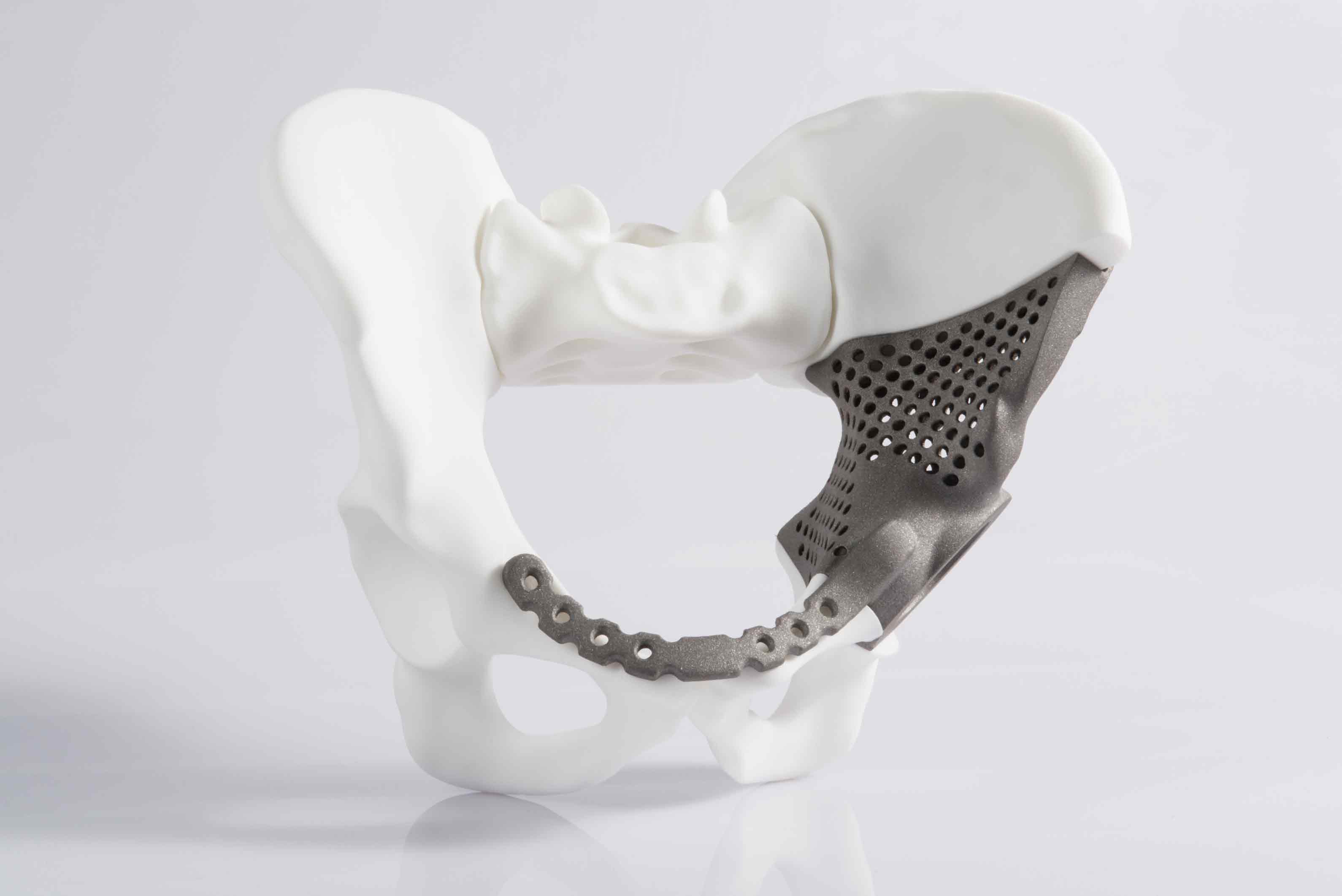
There are already 3D-printed drugs and, as Serrano pointed out, “podiatrists are already printing orthopaedic insoles using their own printers”
There are also robotic hands that allow people to perform basic movements. South African carpenter Richard Van As, who lost four fingers in a work accident, developed Robohand alongside Ivan Owen using a home printer. They then published the blueprints and instructions for free and, to their surprise, others started to upload their own files, creating a huge database of prosthetics. From this arose Project Daniel, the story of a South Sudanese boy who lost both hands after a bomb explosion and for whom a 3D arm was created, piece by piece.
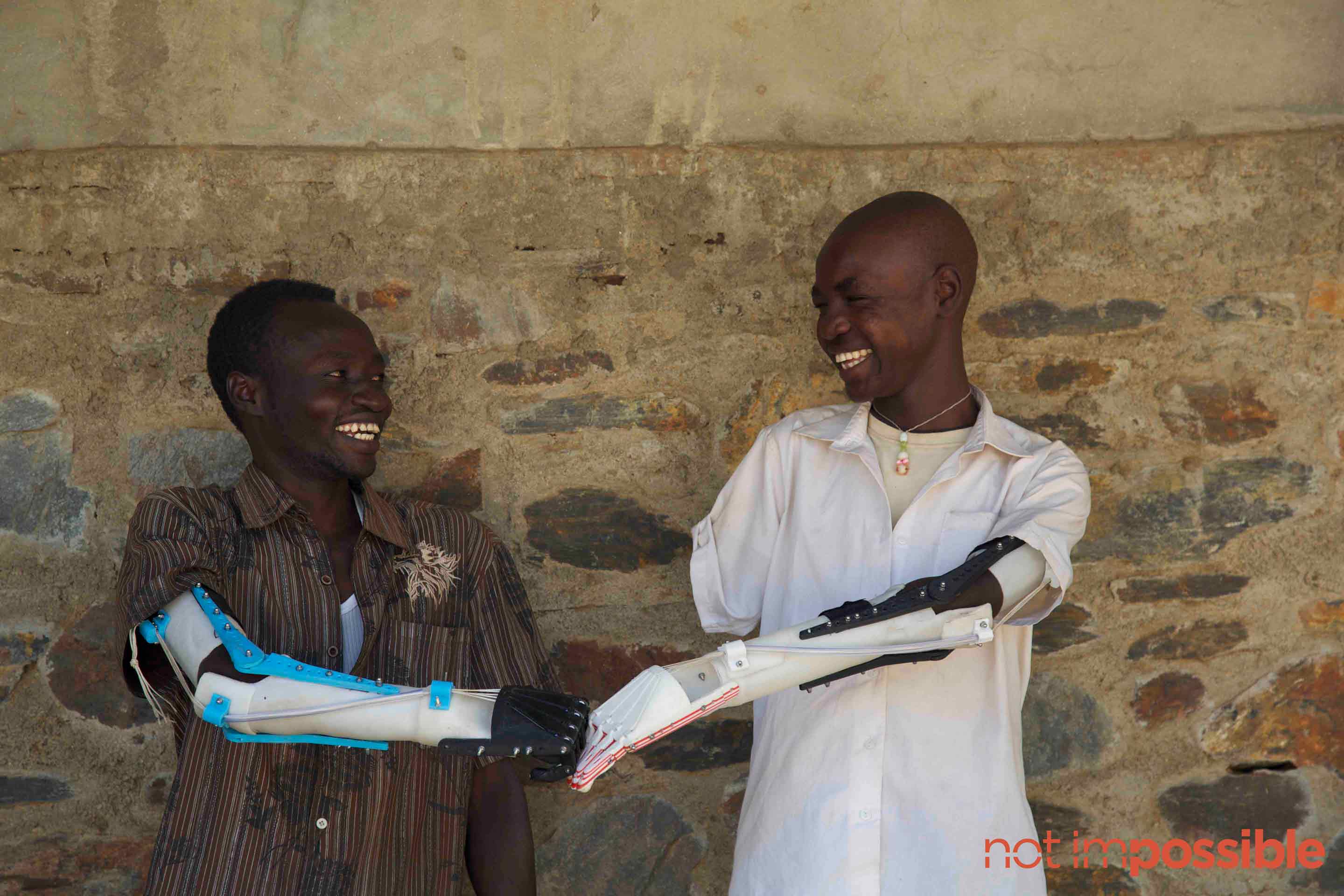
Personalisation, this ability to make things on demand, is one of the main characteristics and advantages of this technology.
Art: the original or a copy?
In 2016, Berlin-based artists Nora Al-Badri and Jan Nikolai Nelles, visited the Neues Museum several times with a 3D scanner hidden under a coat. They used what they scanned to create a perfect resin replica of a famous 3,300-year-old bust of Nerfertiti. They made the digital files public and went to Cairo with their secret yet perfect copy and put it on display there. They called the work “Nefertiti for Everyone”. It was their way of freeing the queen, of returning her, in some way, to where she came from and, Serrano explained, “of questioning who historical artefacts really belong to”.
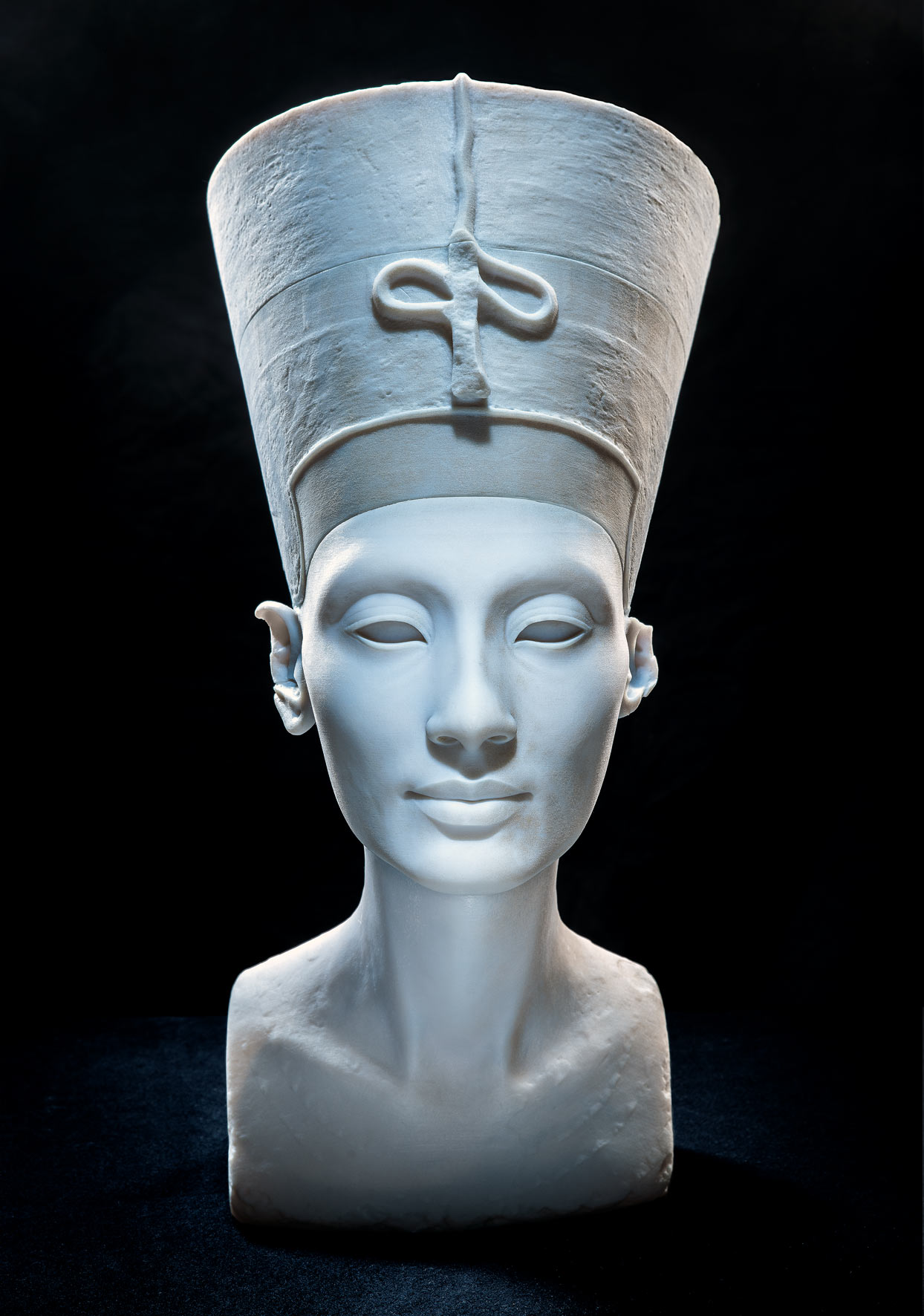
Something similar happened with the Stradivarius violin. The original can cost up to 16 million US dollars, but it’s now possible to print an exact replica in nylon powder with just the press of a button. But do the original and the copy sound the same? “A violinist played the 3D replica and said that there were differences when it came to the weight [of the instrument], but that it sounded very good,” Baselga said.
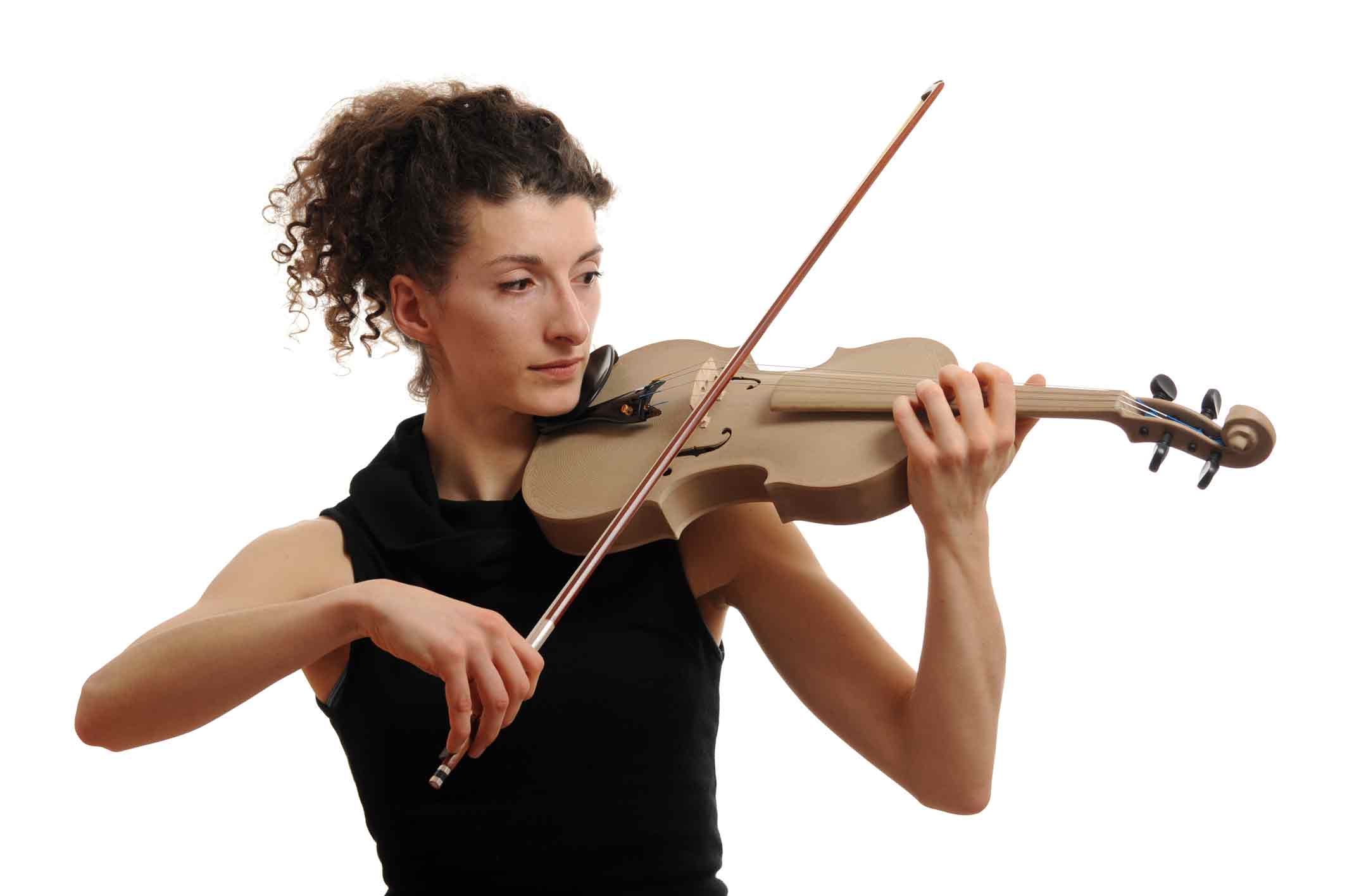
The decentralisation of production – because, when all is said and done, 3D printing is really just a little factory on a desk – and accessibility are two other important aspects of this technology.
Print yourself a dining table
Yes, that’s right, you can print your own furniture, decorative objects, and things you use in everyday life. 3D modelling of tables, chairs, plates, cups, vases, lamps, and sinks were printed for the Print3d exhibition by Ávila design studio Nagami with Grohe printed metal taps. Materials that can be used include plastic, sand, and aluminium.
Ver esta publicación en Instagram
There’s also a strong relationship between traditional technology and 3D technology. For example you can print pieces in ceramic by blowing directly on them, the way a glassmaker would. “You can achieve textures and shapes that would be impossible using other production techniques,” says Serrano. And all of this, without losing any of the functionality. As Baselga explained, “at the exhibition, there were different types of chairs, and we tried every single one beforehand. They were comfortable”.
Ver esta publicación en Instagram
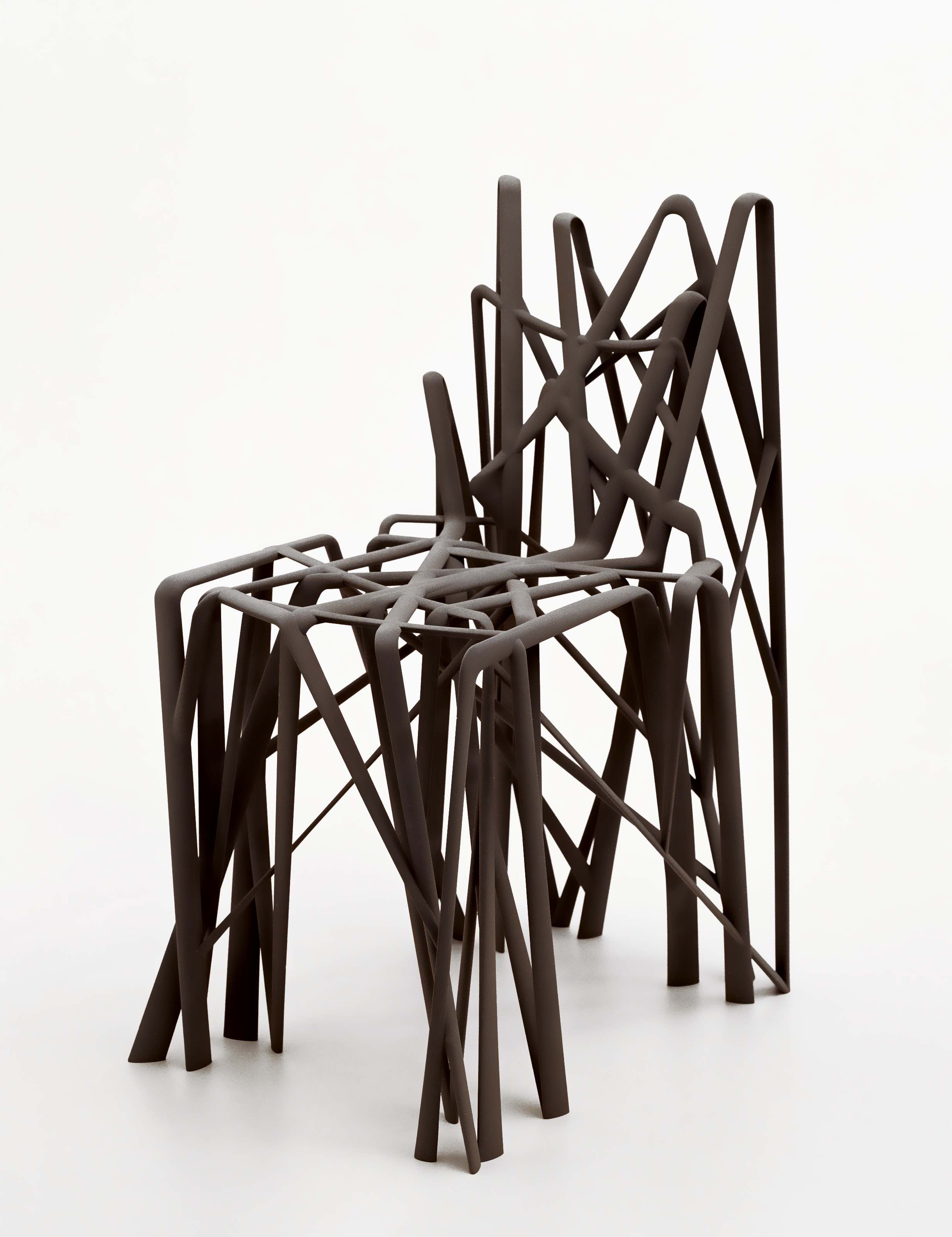
Cook with 3D printing
The first 3D-printing electrical kitchen appliance, Foodini, was created by Natural Machines, a food technology company based in Barcelona. The gadget is actually quite magical. Many chefs use this 3D printer to print food or create a certain shape using things like chocolate, sugar, and algae. Even IKEA is toying with the idea of helping you make their famous meatballs in the comfort of your home. Baselga explained that “NASA also has a project that will allow astronauts to print their own food in space. At the opening of an exhibition in Argentina, they made a 3D-printed cocktail. The little spoons were printed using meringue”.
Ver esta publicación en Instagram
Making more transport more sustainable
According to Serrano, “it is often said that 3D printing is more sustainable because it only uses the exact amount of material required to produce an object, but also because it brings into question traditional methods of design, production, distribution, commercialisation of, and purchasing and object”. And that’s exactly right. This technology lets you skip all the steps involved in designing something in Spain, manufacturing it in Asia, shipping it to America, taking it to a warehouse, and from there to the store before it finally reaches the consumer. Serrano said that “it makes it possible for the designer themselves to actually create the final product, removing all the middlemen and having a lesser impact on the environment by reducing CO2 emissions produced by transport. It’s already happening”.
Ver esta publicación en Instagram
One example of this is the 3D printing of replacement parts, the potential of which is already being explored by many industries, especially the aeronautics industry. “It’s one [of the uses of this technology] that makes the most sense,” Serrano said. Airbus has already created lighter pieces with better technical characteristics than those they made using aluminium injection moulds and milling.
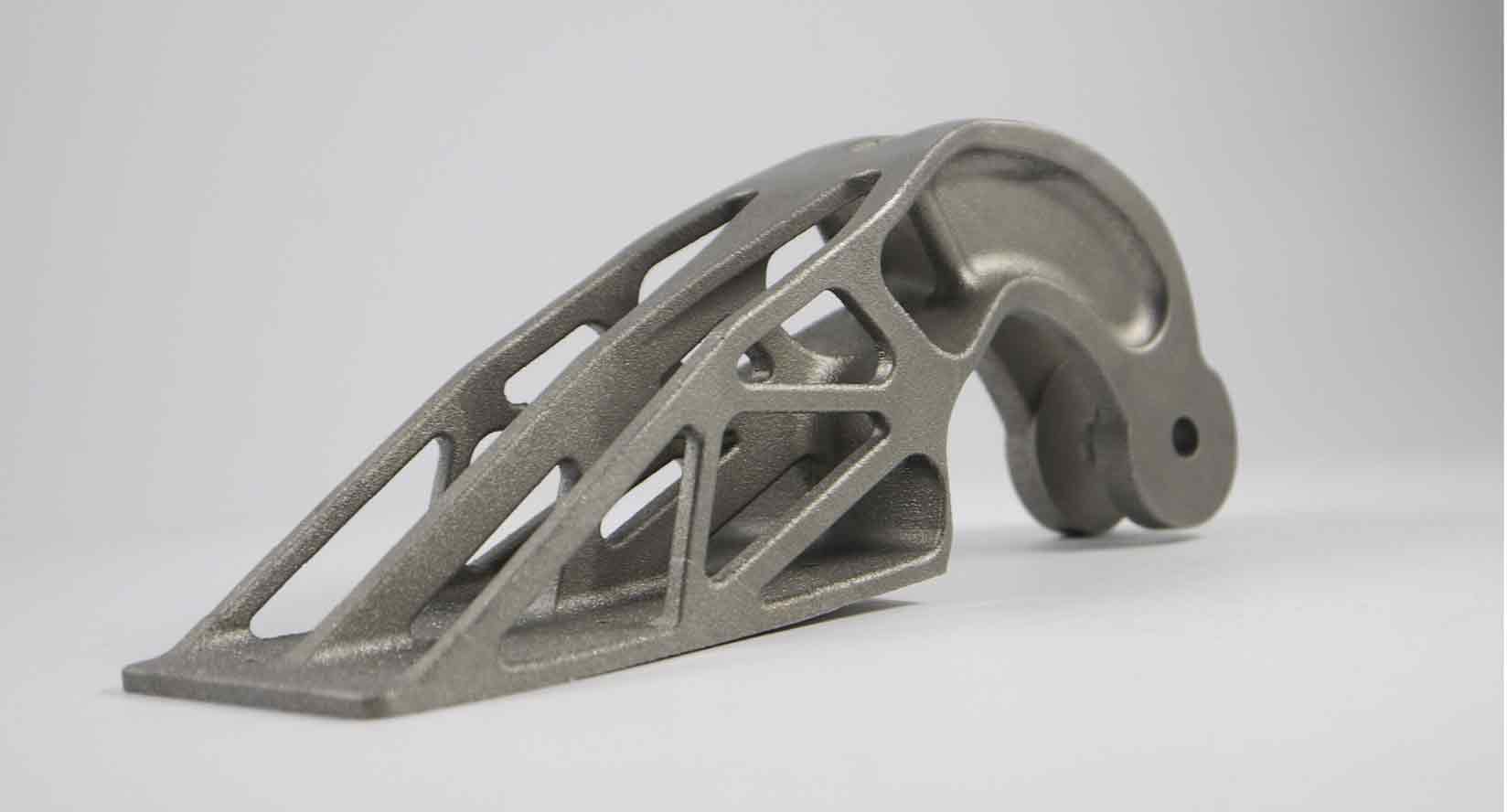
It would also be possible to produce a car using pieces that have been printed all over the world. One person could create a chassis in Paris, another person could make the wheels in the US, and the steering wheel could be made in Africa, and this could go on and on until each part has been produced. The files would be shared, and you could access them and make your own car. Baselga and Serrano’s exhibition for La Caixa showed that the type of collaboration that this technology makes possible.
Made-to-measure clothes and digital fitting rooms
At WDCV2022’s BlaBlaNights, Baselga and Serrano explained that, while they were researching content for their exhibition, they found a place on the internet where you could scan your feet and make your own customised footwear; high-heeled or flat, using one fabric or another, in any colour you like. “Clothing is another adventure [for this technology] and one that generates a lot of curiosity because we all wear clothes,” Baselga said. At their exhibition with Telefónica, there were striped skirts designed by Israeli designer Danit Paleg and the first item in a collection that is being printed piece by piece, while at their La Caixa event, there was the Kinematics Dress by Nervous System, each of which showing how far 3D printed textiles have come. The dress was mounted on a spinning base so the skirt would twirl, and you could try it on yourself in front of a digital mirror or use a collection of 3D samples to choose from a selection different fabrics, colours, and textures. “This could be what stores of the future will be like”, said Baselga.
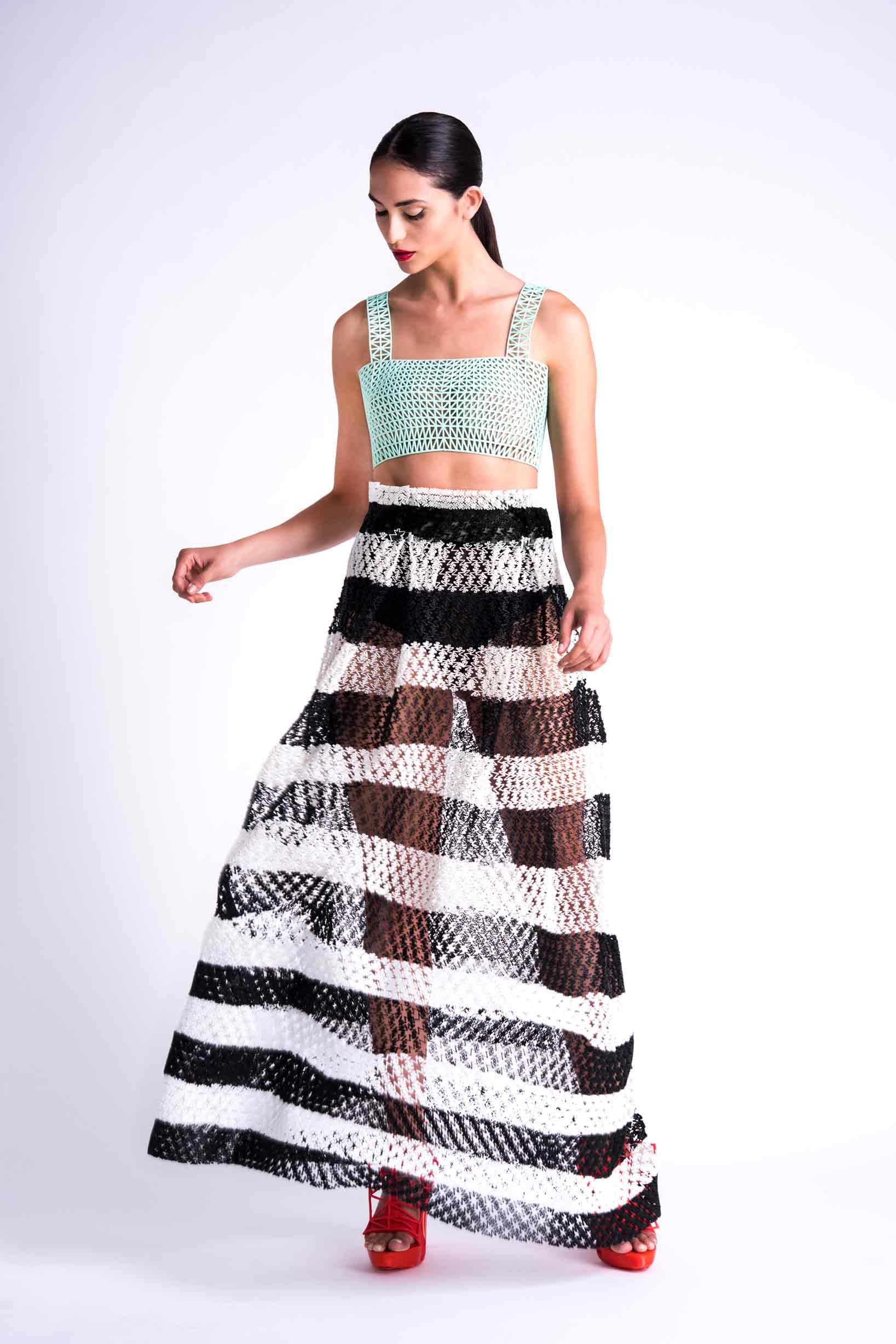
Several homes have already been created with this technology, and not all of them are little cabins like the one designed by Dutch studio DUS. There are entire neighbourhoods that have been 3D printed and, two years ago, Belgium became the first European country to 3D print a two-storey house in just 15 days. The process is definitely much faster than the traditional one, in addition to being cheaper and more sustainable.
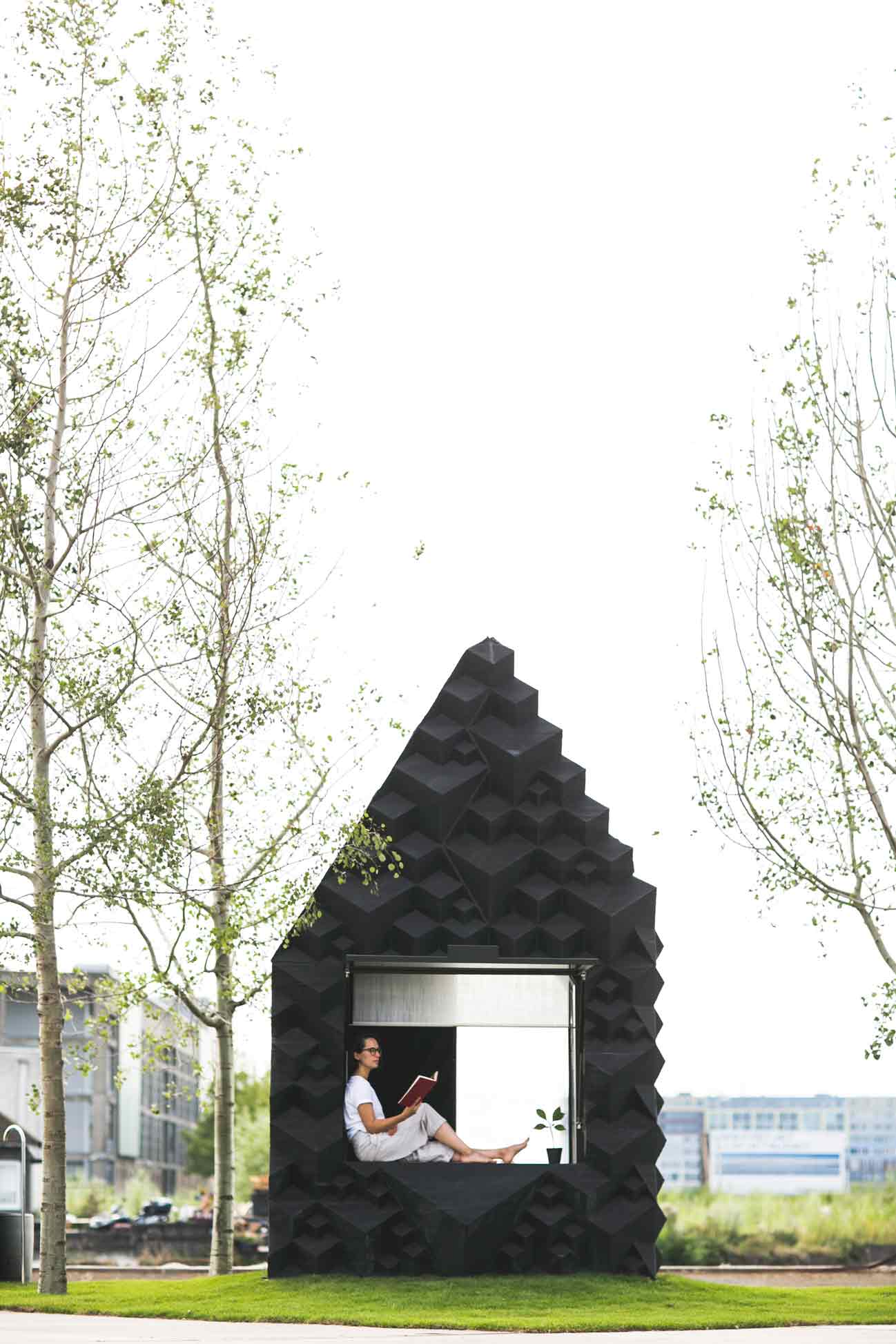
There have been many different initiatives in this field, such as the Minibuilders project from the Instituto de Arquitectura Avanzada de Cataluña (IAAC), which features 3D robots that move and work around the same structure that they build, meaning that the size of the machine does not limit the size of the structure.
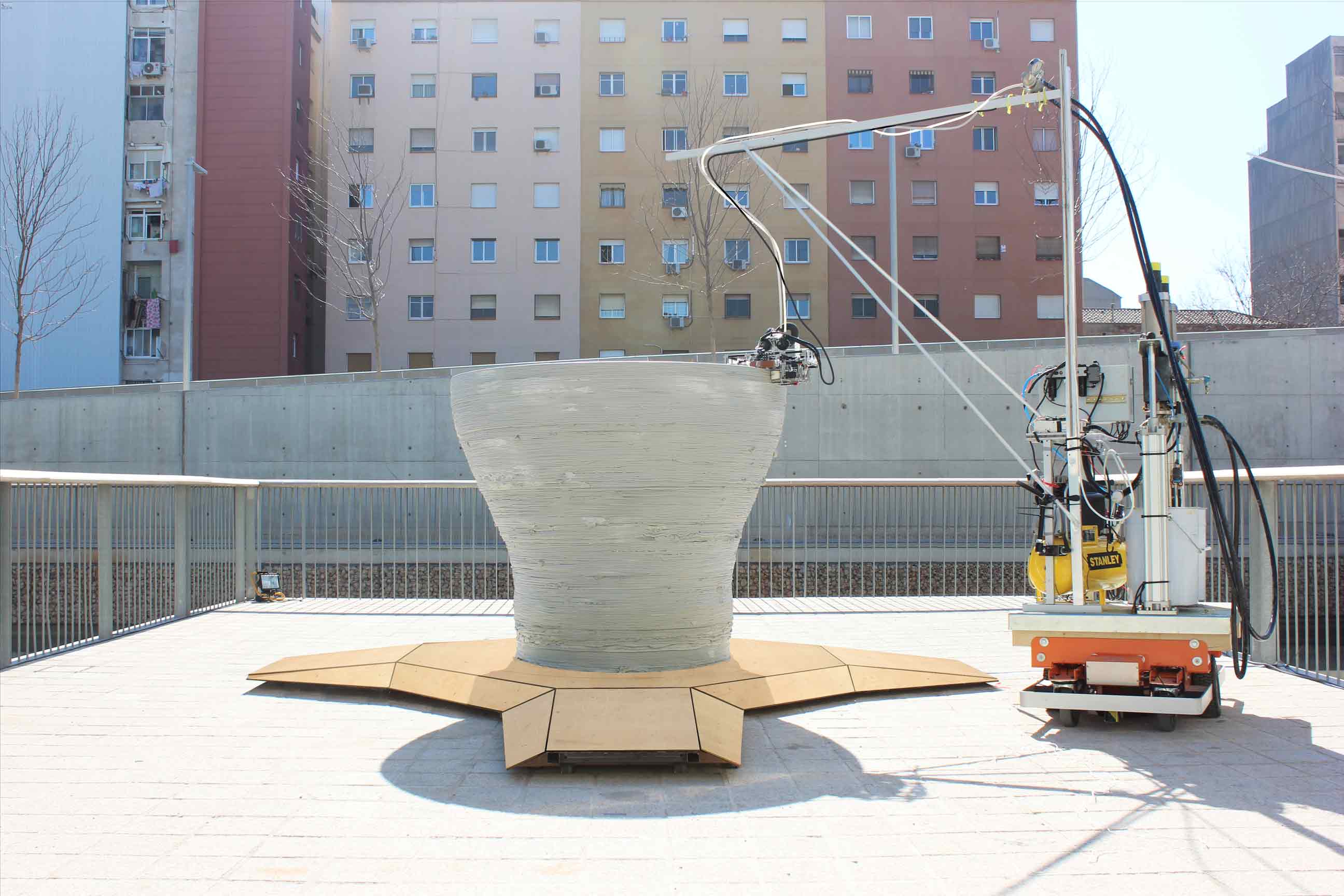
The possibilities that 3D printing offers are practically infinite. You can find huge digital object libraries that are free and easily accessible and that let you to download the objects and then print them at home. There are designers that specialise in 3D printing, as well as companies like Shapeways that make 3D printing accessible to all and that make objects designed to serve the community. Digital technology has led us toward individual, on-demand production and away from mass production. It feels like another industrial revolution is on the horizon, and its limits are as yet unknown. As Baselga said, “the digital world opens up a huge world of possibilities”. And given the pace that at which it’s moving, we’ll be able to see exactly what those possibilities are very soon.


